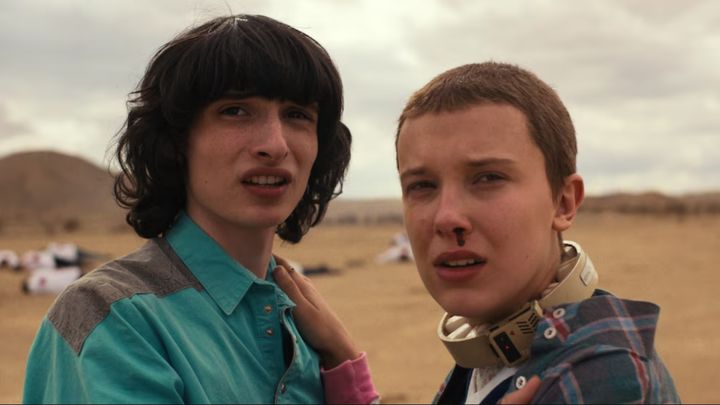
Whether you’re a fan of Stranger Things, Bridgerton, Euphoria, or Severance, you’ve likely experienced a common issue ― the chasm between seasons is simply too wide.
But it wasn’t always that way. Sex And The City never had more than a few months between seasons; The Simpsons has been churning steadily along since the ’90s; The Fresh Prince of Bel-Air kept up a keen cadence.
“Audiences get connected to a show, and when they’re away from it for too long, it’s easy to fall out of love and forget what attracted you to it in the first place,” ER and The West Wing producer John Wells told Vulture.
So why is there such a gap between seasons if it doesn’t benefit the viewers, actors, or studios?
There are a few reasons
Vox says that part of the reason why seasons are getting further apart is because they’re shorter.
A typical US season of TV had 22 episodes; it’s since been cut down to 10 or seven.
That means that, for instance, the gap between Game Of Thrones seasons seven and eight “would be 21 days shorter if there had been 10 episodes in season seven instead of only seven.”
Obviously the pandemic and SAG-AFTRA and Writer’s Guild Of America strikes halted production on some shows too.
Then there’s the fact that TV is meant to look and feel a bit more cinematic now, with flashy visuals and complicated sets and costumes.
An unnamed telly exec told Vulture that filming back-to-back seasons for quick release “is just physically not possible given what needs to be shot. It’s like asking for a movie and then a sequel within two years. It can happen, but it’s pretty tough.”
Then, there’s the caution of bog streaming sites to consider. It takes months for streamers like Netflix to get enough data on things like streaming time and completion rates which they use to commission or refuse new seasons.
Even dubbing and subbing for different countries takes time (up to 120 days).
With all those factors to consider, Wells told Vulture that even if you’ve completed season two weeks after season one, “it can be seven or eight months, even up to a year, before you get it on.”
People are increasingly turning to old favourites
Speaking to Backstage, TV Guide Magazine senior critic Matt Roush said the gaps are leading people to watch their reliable favourites instead.
“People are now finding library shows, because they’re always there,” he said, referring to TV legends like Suits, The Office, and Friends.
“There are so many episodes of [those shows], so [viewers] get sucked into a series because they know it has a bunch of episodes,” he added (I’m guilty as charged).
